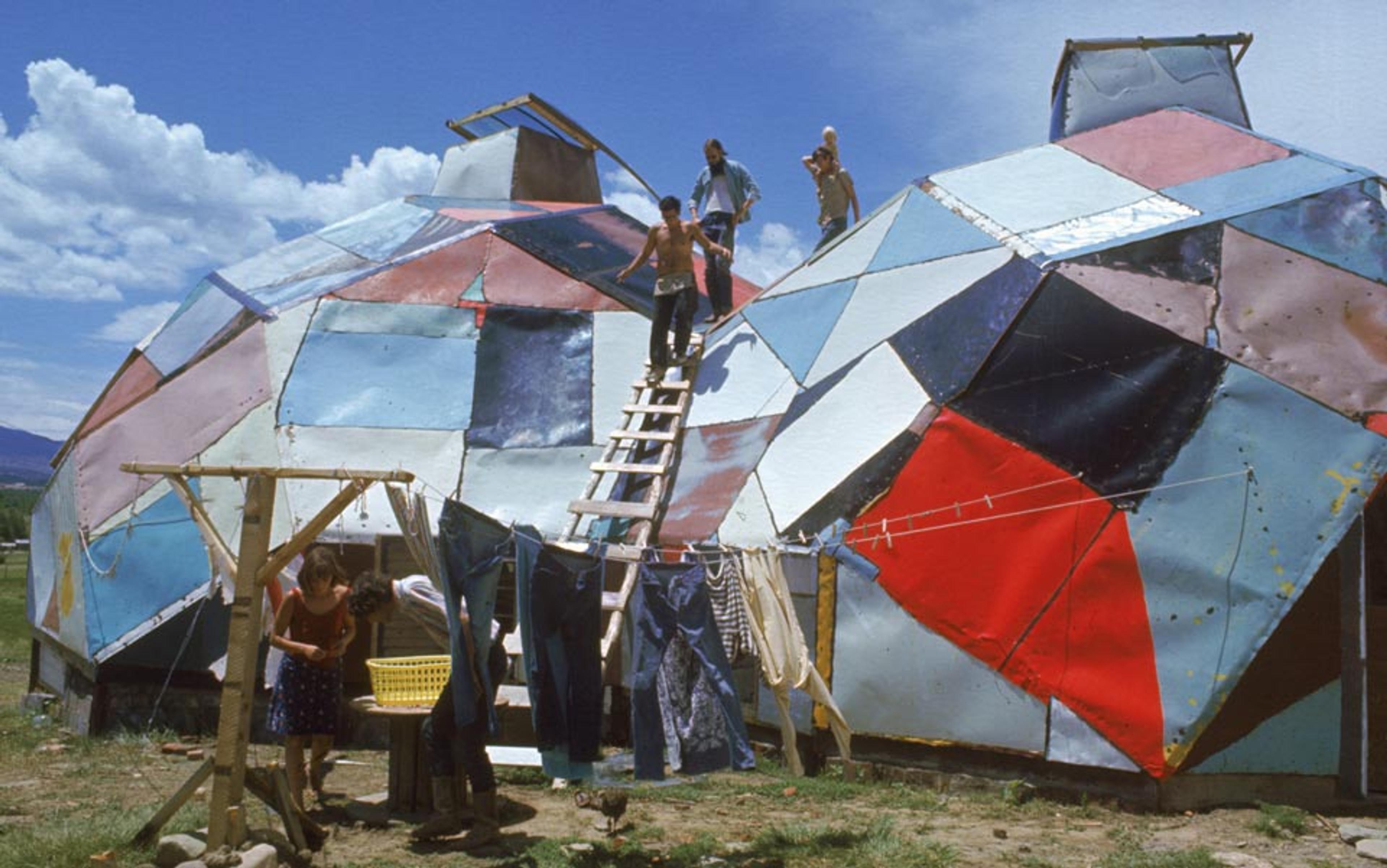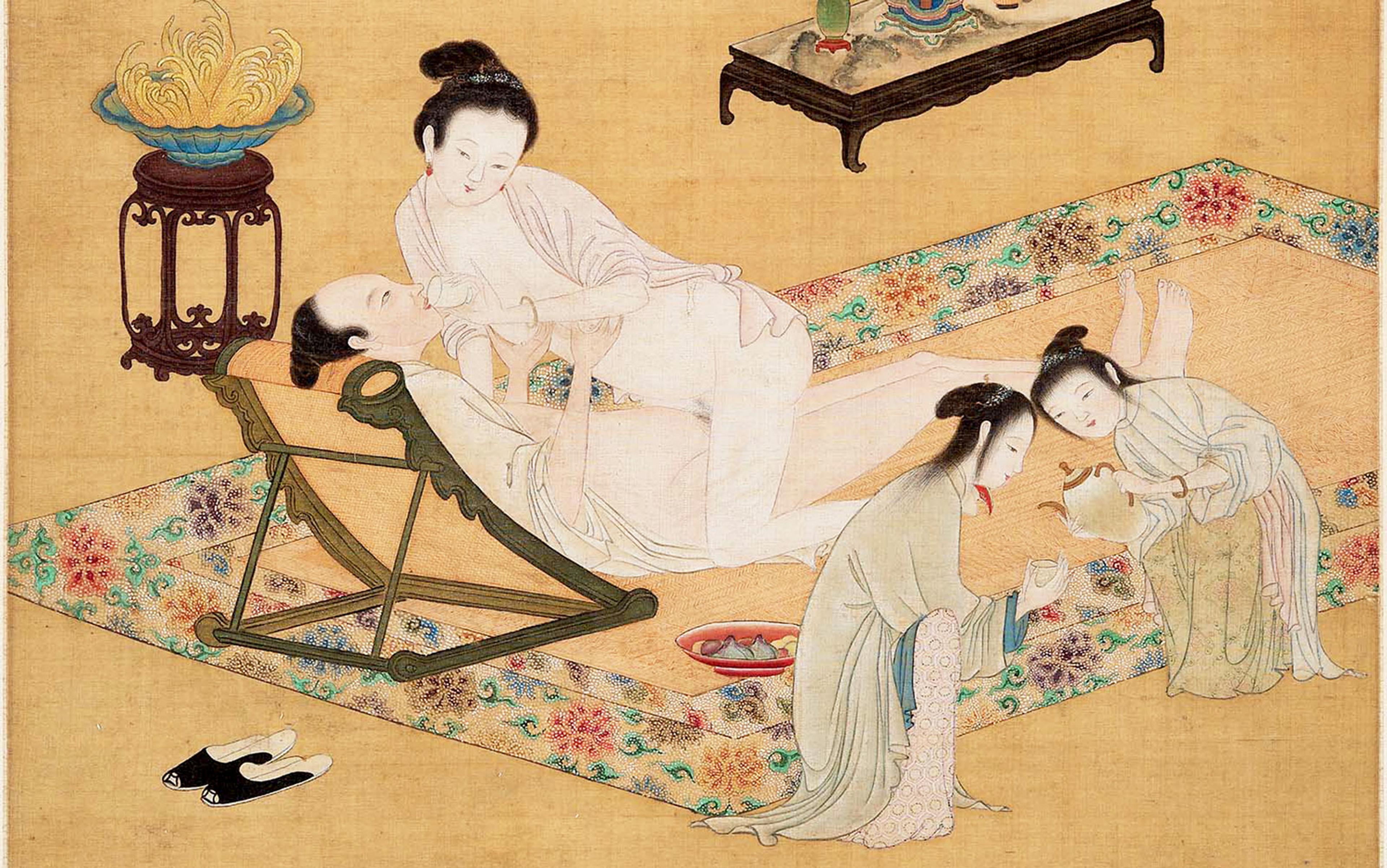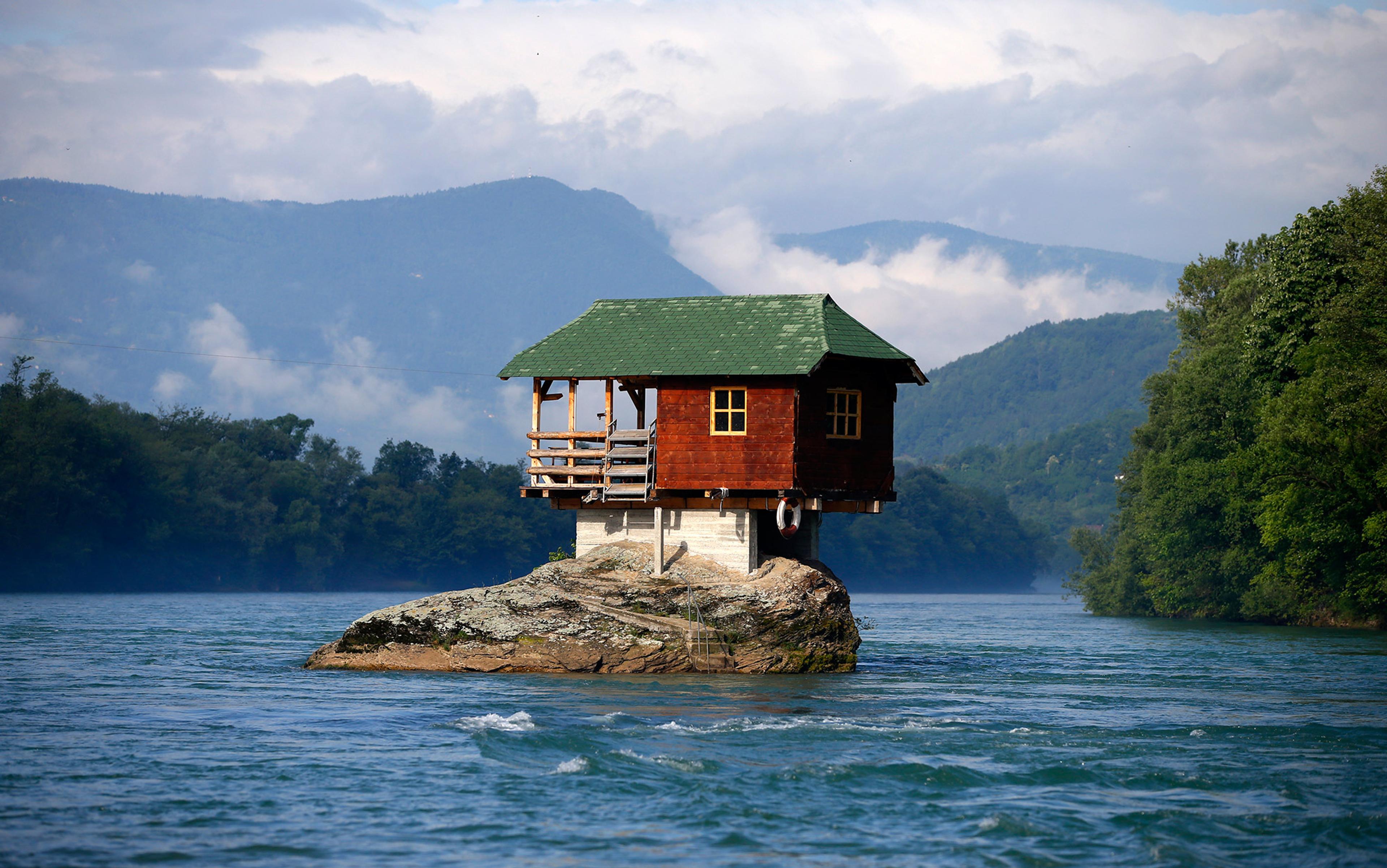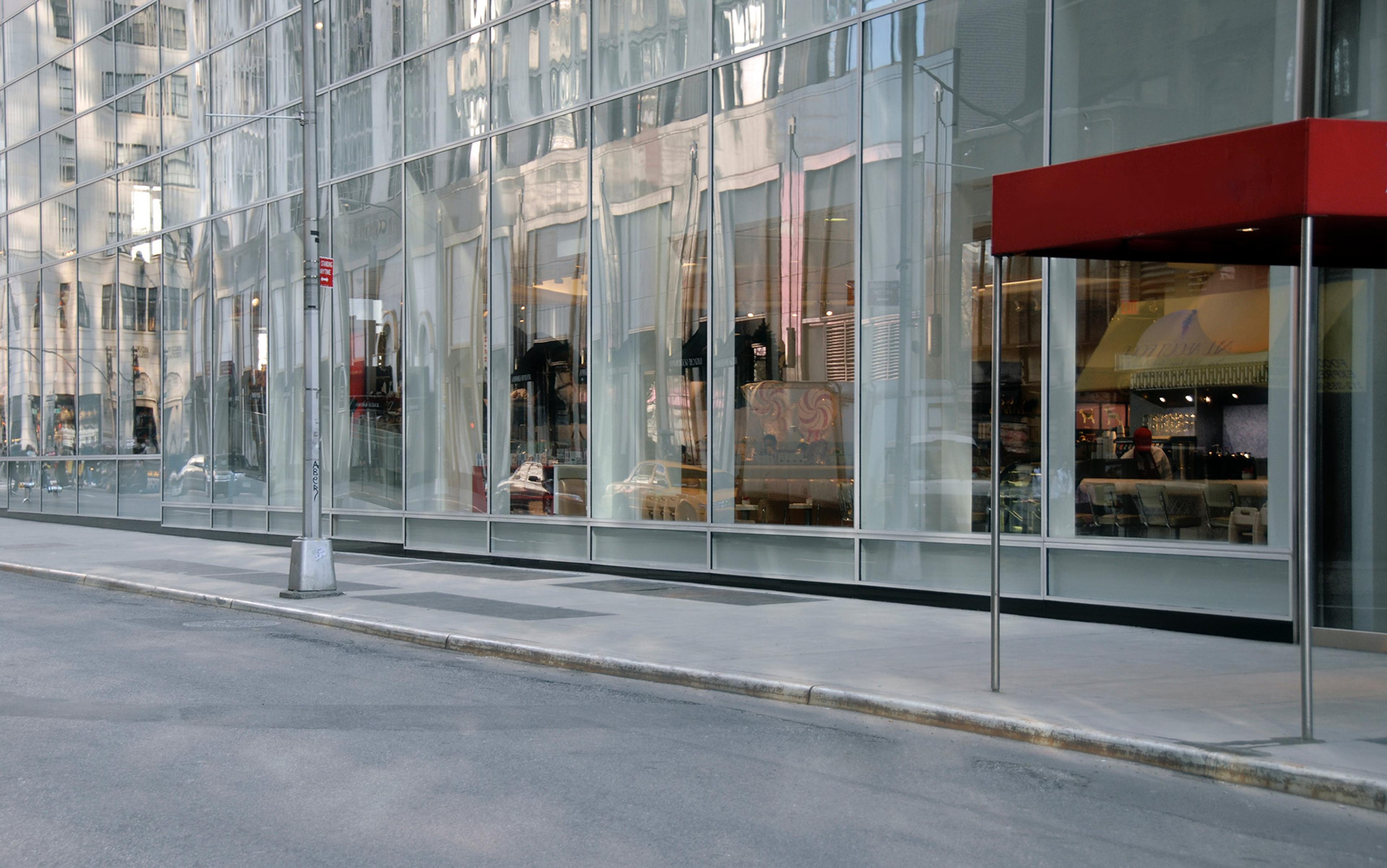Morningside, a late-Victorian suburb on the south side of Edinburgh is an extremely good-looking place, possessing an architectural integrity rare in Britain today. Never threatened by wartime bombs, post-war developers, or the vicissitudes of the housing market, this suburb has a direct line to the ‘Victorian city’ — and its morality. Its moral character is there for anyone to see: in the bay windows watching over every inch of street, the church on every corner, and the sheer solidity of the stone. Morningside is propriety in built form.
The suburb’s respectability was a huge attraction for me at the anxious moment of buying a flat. But after a few years of living there, that same respectability had become a bore. Then it became oppressive. The buildings began to represent a desiccated social life, defined by emotional reserve and obligation. Patrolled by curtain-twitching killjoys, Morningside seemed determined to put a stop to fun of any kind.
In retrospect, Morningside itself probably had little to do with it. Moving there coincided with the moment at which my wife and I became fully grown adults. It was a structural problem. With two careers, two kids and no money, there was little time for pleasures, sex included. Of course, we bore it all stoically and, after a while, we learned together that this was simply what adult life was like, a mess of contradictory demands, with neither the time nor the space in which they might all be satisfied. We were hardly alone: every other couple we knew seemed to find themselves in the same situation. Still, our feelings were real enough, and being an academic, I set to reading about them.
Sex wastes time, needs space, and is inhibited by too much intimacy
It’s odd how little architects have had to say on the subject of sex. If they’re routinely designing the buildings in which sex happens, then you might expect them to spend more time thinking about it. Buildings frame and house our sexual lives. They tell us where and when we can, and cannot, have sex, and with whom. To escape buildings for sex — to use a park, a beach, or the back seat of a car — is a transgression of one kind or another. Most of us keep sex indoors and out of sight.
An important early find in my reading was Mating in Captivity (2006) by Esther Perel, the New York-based sex therapist. According to Perel, sex wastes time, needs space, and (most intriguingly) is inhibited by too much intimacy. All these things have implications for architecture, which in the West has been coloured by the language of efficiency for at least a century. By contrast, in Perel’s terms, sex was profligacy and decadence. She also remarked that ‘sexual desire and good citizenship don’t play by the same rules’.
This struck a chord. I had long been bothered by the architectural concern for civility. The sudden proliferation in the 2000s of National Lottery-funded public spaces in the UK seemed to be rooted in a longing to return to Edwardian times, with all the attendant anxieties about sex and class. This longing was abundantly clear in Foster and Partners’ redevelopment of Trafalgar Square (2003): a magnificent architectural project, but one that limited human behaviour to the polite promenade. Perel’s understanding of the limits of civility, from a sexual point of view, helped me to form a powerful critique of architecture. In sum, architecture was principally about order; sex was not.
In pursuit of the relationship between sex and architecture, I read the classic theories of sex: all of Freud (alert to what he had to say about bourgeois Vienna), Havelock Ellis, Auguste Forel, Richard von Krafft-Ebing, Alfred Kinsey, and Michel Foucault. I especially liked the sexual libertarians Herbert Marcuse and Wilhelm Reich, both of whom revised Marx to envision an erotically liberated society free from bourgeois constraints. For Marcuse, who was born in Berlin at the turn of the 20th century, the revolution’s barricades would be manned by sexual libertines rather than petrol bomb-tossing students. I idly wondered about starting a local Marcusian sexual revolution.
If architecture is a physical representation of the society that makes it, then, in a Western context such as ours, it is bound to be designed to keep the lid on sex. Freud’s repressive hypothesis said it all: he thought the libido was an irresistible, almost hydraulic force that must secure an outlet to avert catastrophe.
Freud’s theory might have been crude, but I found it persuasive. It was what I felt a lot of the time, just like countless middle-aged men before me who have suddenly realised they have become — without ever meaning to be — civilised. That sense of sexuality as a biological force was also, I knew from many conversations over the years, what psychotherapist friends routinely dealt with in their consulting rooms. Sex wasn’t experienced as an abstraction, but as a biological drive that made patients fall in love with colleagues, buy sports cars and wear age-inappropriate clothes: the usual midlife crimes.
Life, as far as Niemeyer was concerned, was women, the beach, and beer
Had there ever been an architecture that encouraged a more open sexuality? Modernism had a decent stab at sexual utopia. An early modernist icon by Rudolph Schindler, the Kings Road house in Hollywood (1922), is a free-flowing inside-outside building with open sleeping areas, designed for two young couples. There is also the Isokon block of flats in London (1934) — a part-Japanese pseudo-commune, designed by Wells Coates to be both exotic and erotic. And Le Corbusier’s huge Unité d’Habitation complex in Marseilles (1952) was designed around the display of the body — its pools and terraces meant for inhabitants to show off.
But the eternal erotic paradise is Brazil. Brazil’s modern architecture was influenced by sex like nowhere else. Oscar Niemeyer’s work routinely invoked the female body. His signature curves on the Casa das Canoas (1953) in the southern Rio hills, are meant as a corporeal metaphor. I interviewed Niemeyer in 2001 in Rio de Janeiro for a book I was writing about Brazil, and I was struck by his almost manic libido (he was 93 at the time). Above his desk hung a photograph of two spectacularly endowed naked women on the beach. The conversation returned, time and again, to their aesthetic qualities. Thinking of my book, I tried, helplessly, to get him back on track. It was a hopeless task. Life, as far as he was concerned, was women, the beach, and beer. And why not? He lived and worked in Copacabana, the iconic beachfront suburb of Rio where body worship is a way of life. However, Niemeyer’s modernist experiments, and those of his contemporaries, did not change the world. In practice, their buildings had too much invested in bourgeois sexual mores.
More promising sexual utopias came in the form of a variety of communes, such as the one conceived by the behavioural psychologist B F Skinner. His novel Walden Two (1948) might be a wretched book — stilted and programmatic — but it is fascinating for the detail with which it imagines collective living, not least for what it has to say about sex. And it’s interesting for two other reasons — it was the inspiration for Twin Oaks, a real-life community established in 1967 in Virginia, and for Walden 7, a striking avant-garde apartment complex designed in 1975 by Ricardo Bofill on the north-west periphery of Barcelona.
Skinner’s novel described a commune led by a grumpy sociopath called Frazier, who gets a visit from an academic named Professor Burris (a cipher for Skinner himself) who is sceptical to begin with but is eventually persuaded by the commune’s merits. Walden Two is fascinating on the subject of sex: on the one hand, the commune proposes a radical openness, whereby sex is a part of everyday life, and positively encouraged for teenagers, with young marriage strongly advocated. On the other hand, Skinner clearly expected such tolerance to result in the disappearance of the libido, to be replaced instead by other interests. So we have Frazier describing with approval the sexless marriage of adults, where couples live happily in separate rooms and direct what is left of their libidos to higher pursuits. For example, almost everyone at Walden, Frazier included, is a virtuoso pianist. Meanwhile, sex at Walden is juvenile and procreative; once children appear, it has no place. The middle-aged Frazier lives a quiet bachelor life, untroubled by desire.
Walden Two is an imaginative experiment in the great Western utopian tradition. However, it doesn’t say a great deal about the physical form of the settlement; if anything, it is downplayed. In one of the final scenes, Frazier reluctantly shows his room to his visitor. It’s a scruffy, disordered scene — his unease indicates the room’s essential lack of importance. There’s nothing to see, nor, implicitly should there be. To be concerned with appearances is superficial. Walden Two is as anti-architecture as it is anti-sex.
One of the most architecturally striking communes in real life was Drop City, established in southern Colorado in 1965. It consisted of eight geodesic domes built from metal salvaged from the roofs of wrecked cars, nailed to wooden frames. The design was inspired by the architect Buckminster Fuller — Drop City’s founders had seen him speak the year before at the University of Colorado. Impressed, they adopted the dome form (Fuller returned the compliment shortly afterwards, sending the Droppers a cheque for $500, then a significant sum). For a brief time, culminating in the commune’s Joy festival in June 1967, Drop City featured on a metaphorical counter-cultural world map. It tried to model a new form of society with a radical built form; meanwhile, most other intentional communities lacked clear architectural form, being mainly pragmatic adaptations of existing buildings. Drop City implied that the form of buildings conditioned behaviour and vice versa.

Drop City, an experimental, counter-cultural community based around cheaply constructed geodesic dome structures, Trinidad, Colorado, 1967. Photo by Carl Iwasaki/Time & Life Pictures/Getty.
For that reason, it attracted attention from the architectural press. The domes seemed simultaneously to be of the far future, and the distant past, while responsive to a present condition defined by plenty of real, as well as imagined, crises. There was something indubitably sexy about all this. In the fearful bomb culture of the late 1960s, Drop City proposed living in the immediate present. It was reminiscent of the English experience of the Second World War, its unprecedented relaxation of sexual mores — the end of the world was at hand, and one simply took opportunities as and when they arose.
The ‘Droppers’, as Drop City’s founders were known, were well aware of this: Gene ‘Curly’ Bernofsky spoke of a dome that would house a psychedelic experience, inducing a state of ‘constant orgasm’. Peter ‘Rabbit’ Douthit maintained a harem in his dome. He was the one Dropper with a talent for publicity, and one of his first acts was a film depicting himself being fellated by another resident. When it was displayed in a Santa Fe art gallery just over the state border in New Mexico, it brought Drop City instant notoriety, and a reputation for sexual libertarianism.
It was, he told me, the sexiest building he had ever stayed in. It had to do with the vaguely transgressive quality of camping in London
But, for the most part, the Droppers were mild-mannered, earnest folk with little interest in excess, libidinal or otherwise. The great polymath Jacob Bronowski was an unlikely admirer, praising Drop City for its resourcefulness and work ethic in the BBC documentary The Ascent of Man (1968). One Dropper, when asked about the commune’s sexual ethics, spoke of a ‘straight middle-class deal’ based on monogamy, and this view is corroborated elsewhere. Drop City had the look and reputation of an erotic paradise, but the reality was duller, at least in the early days. After the Joy festival it went to hell. A predatory older man moved in, attracted by easy access to teenage girls; bikers held regular parties; and, one by one, the founders moved out. By 1969, the party, to all intents and purposes, was over.
However, Drop City has remained an icon. Alex Hartley is one British artist who was drawn to the commune and its myth, and in 2011 he set about reconstructing one of the Drop City domes for an exhibition at the Victoria Miro gallery in London (that he managed to build anything at all was some achievement, given the almost total lack of reliable documentation of the original). Hartley installed the dome in the gallery’s back yard, and took up residence, three days a week, for the duration of the show. It was, he told me, the sexiest building he had ever stayed in. It had to do with the vaguely transgressive quality of camping in London, I think. I didn’t quite get it myself.
When the show closed, he gave the dome to the Occupy London movement, then in the Finsbury Square iteration of their protest. It lasted a day or two as a semi-public space, a sort of impromptu town hall. Then, over the ensuing months, it was subject to some remarkable abuse. When the dome returned to Devon where Hartley had made it, he found to his horror that it had become coated in what he called ‘vomit lucky dip’ — the contents of an exploded bean bag mixed with faeces, used condoms, syringes, and sex toys. So his gentle, English re-creation of Drop City climaxed in the same libidinal chaos as the original.
Sex — ‘the evil black snake’ as the Dropper Peggy Kagel tellingly described it — seemed to threaten just about every other form of intentional community I read about, from the dom kommuna of the early USSR to the kibbutzim of Israel. The communes that survived best seemed to be those — such as Twin Oaks, Virginia — whose members accepted, as far as I could tell, the sublimation of sexual energy into labour.
We live such long and varied sexual lives, we deserve architecture that enables and supports us. Yet in the context of our present predicament, when housing is such a major cost, we’re highly risk-averse. We treat housing as a capital investment, rather than as something with which we can experiment. Even if we don’t own property, we spend so much money on rent that we don’t take chances. I wish that we did.
For me, the ideal would be some form of co-housing, the best-known example being Sættedammen in Denmark, established in 1972 (with the founding creed: ‘Children should have 100 parents’). It occupies the right space between the wilder forms of intentional community, and market-dominated individualism. It doesn’t explicitly challenge sexual norms. However, by providing shared facilities (childcare, gyms, swimming pools, saunas, rooms for parties), it provides time and space to play, and addresses the deficits that Esther Perel identified as inhibiting our sexual lives (sex loves to waste time, remember).
But I’d add some sort of therapeutic role, too. If we were to live more communally, we would need help to resolve inevitable interpersonal conflicts. The odd thing is that we already strongly value co-housing, albeit in an occasional and time-limited form. University students live like this, and we do the same thing on holiday; both forms seem to provide a better emotional environment in which to explore and develop primary relationships — including sexual ones. If we can accept such communal living for some of our lives, why not the rest of the time? Then we might have an architecture that actually supports, rather than impedes, our sexual lives.






